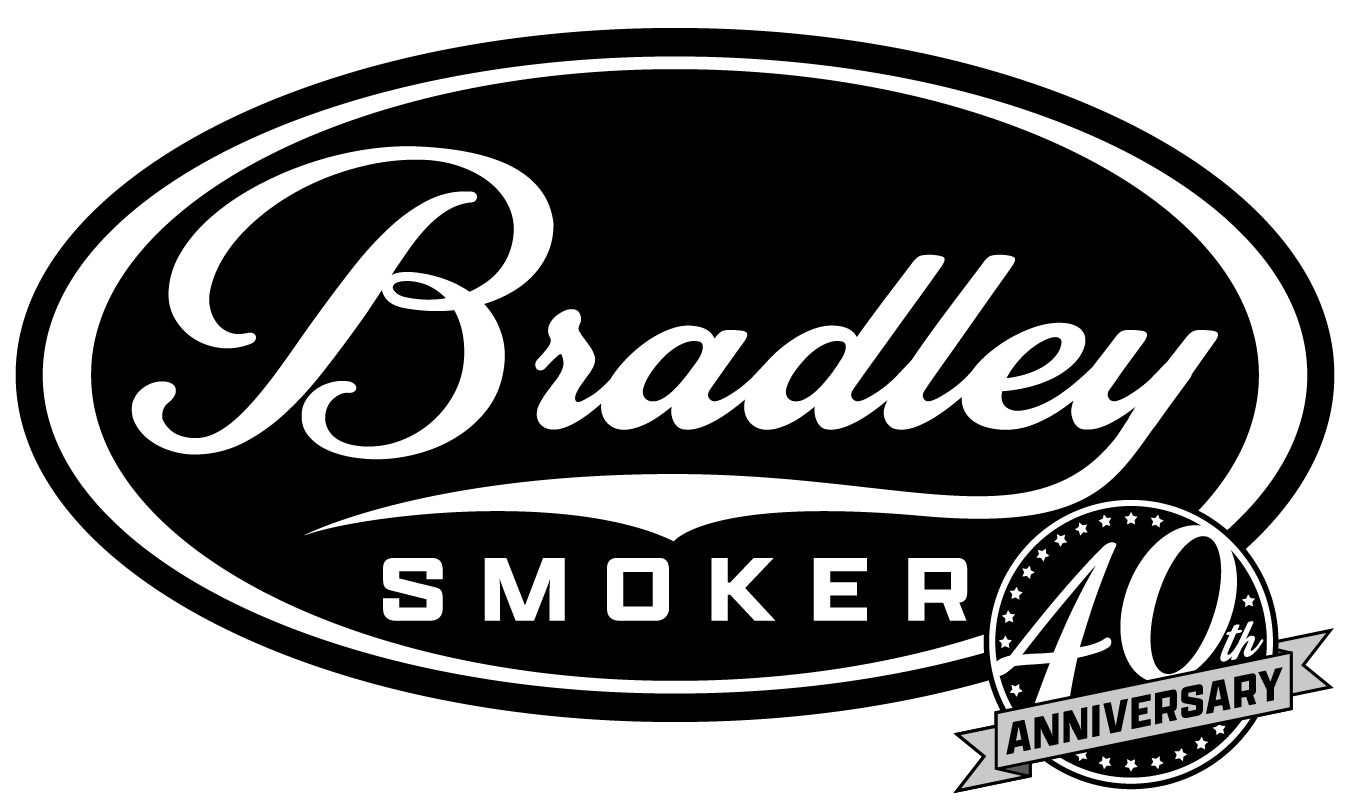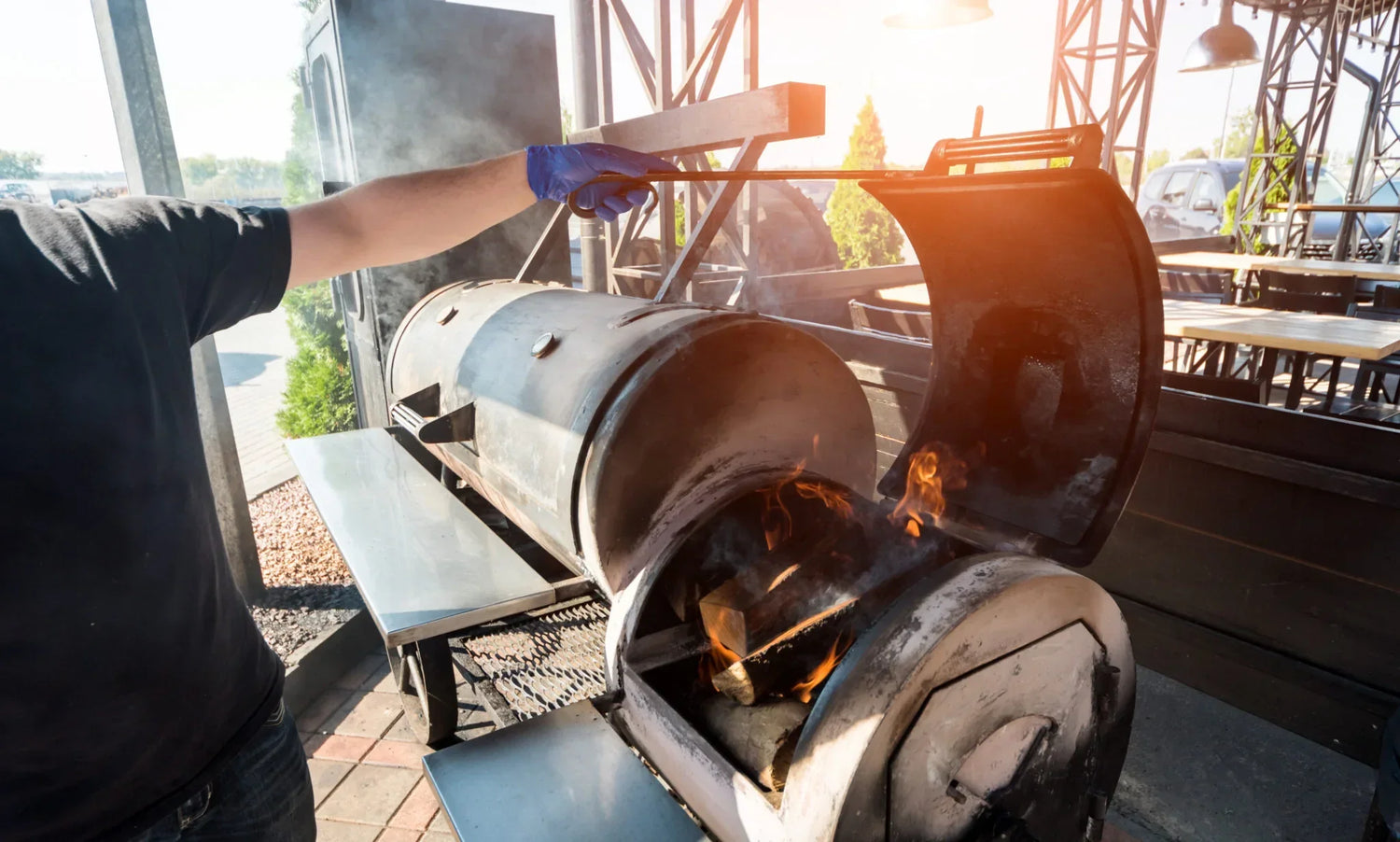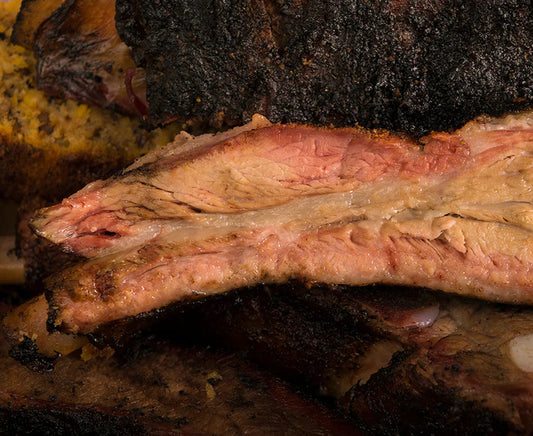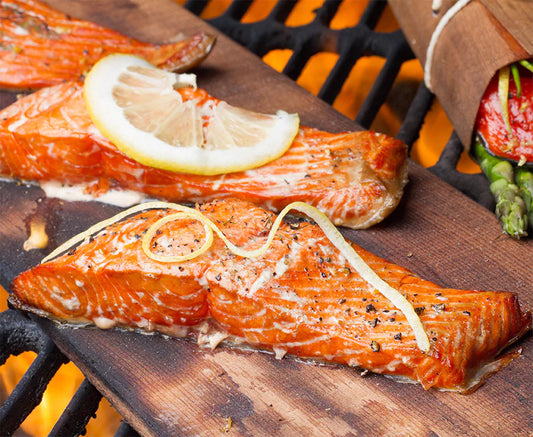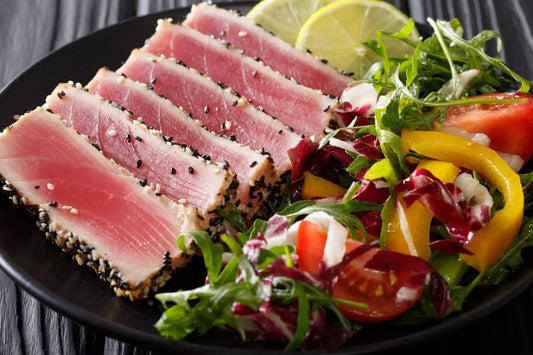Barbeque has a special place among meat lovers because of the intense smoky flavor it imparts. The most important thing about barbeque flavor is the essence that is added by the smoke. Yes, besides the rub and the brine, flavored smoke can make the barbequed steak absolutely delectable.
From pellets to chunks and even sawdust, there is no dearth of variety in wood as well as flavors. Coming to flavors, fruity flavored woods like cherry, apple, maple, and oak produce a flavored smoke to enhance the taste of food. This guide is to help you understand the costs of food smoking and how to make it friendly to your budget.

Before we jump into the actual costs of smoking, two details for you to understand so you can prepare your delicious recipes.
Wood serves different purposes when it comes to food smoking. It can be the primary source of heat, the source of flavor, or both. Here is one article to learn more about Food Smoking Versus Cooking Food with Wood and how it impacts you choosing a smoker.
And as mentioned before there are different types of wood and different ways to pair those flavors with specific types of food. We prepared a complete Wood Pairing Guide with the most common fruit types available on the market.
Wood Consumption by Food Smoker Type
To know how much the wood costs will be, we will outline next to the wood consumption by the hour of operation. There can be a huge difference from one type of smoker to the other, especially if the wood is the source of heat, or for smoke generation only.

Offset Smokers: Are the most difficult ones to measure cost of wood, as everyone can manage the fire a different way. For our average we’ve checked Aaron Franklin’s masterclass about food smoking. And he says that to start the fire you’ll need 8 logs or approximately 6.4 pounds of wood. And to continue the fire maintenance 2 new logs per hour.

Charcoal Smoker: According to most blogs and forums we’ve checked for reference you’ll need to add 2 to 3 chunks of wood to each mound of lit charcoal. And as it burns down to charcoal you’ll need to add more wood at least every hour to have smoke. Coming to about 1 pound per hour.

Pellet Grill/Smoker: A pellet grill will use about 1/2 pound of pellets per hour on the smoke setting and 2 and 1/2 pounds on high. And the consumption goes up with the temperature going up, and be aware, the warmer you want, less smoke you’ll have.

Electric Smoker: There are different types of electric smokers, for the ones running on pellets follow the same averages as above. And the other common smokers will run on wood chips, you need 2 pounds of wood chips that can burn for about 3 hours. But for better results, as you don’t want just ash flavor to go to your food, you’d need at least to refill every hour, to reach this 0.6 pounds of wood per hour.

Electric Smoker 2: Now we’ll talk about the Bradley Smoker that works with Bisquettes or compressed wood sawdust discs. With an automated system that burns the wood disc for precisely 20 minutes each, generating clean smoke with new wood. So here you have a consumption of 0.125 pounds of wood per hour, yes just that!
Cost of Wood for Food Smoking
People spend hours researching what type of flavor will complement certain meat while the real game lies in understanding the kind of wood that is needed to get it perfectly smoked. So let’s take a look at the cost of these woods along with the techniques of their optimum use. We are using here the US Dollar cost found on Amazon, Walmart and big box stores websites to compare the pound cost while smoking.

Wood Logs: Should not be more than 18 inches long and are best suited for large offset commercial food smokers. A 10lb box of logs cost about anywhere between $25 to $30.
($3 per pound)

Wood Chunks: Should be up to 4 inches and are suitable for small offset food smokers. A 15 to 20 lb box of wood chunks can cost around $30.
($1.5 per pound)

Wood Chips: Should not be more than half-inch in dimension and is best suited for conventional electric food smokers. A 10-pound box of wood chips can cost between $10 and $30.
($3 per pound)

Wood Sawdust: Should be in coarse powder form, commonly used on hand-held food smokers. A 4-pound box of sawdust can cost between $5 and $20 depending on the type of wood.
($5 per pound)


Wood Pellets: Compressed sawdust that resembles the shape of pebbles or chicken feed. Pellets are used in under-grate food smoking boxes or smoke generators. A 20 lb bag of pellets can cost from $20 to $40.
($2.00 per pound)
The cost of operation per hour
Now we can get to the cost of operation per hour! And here is what we get:
Offset Smokers: Needs 1.6 pounds per hour, costs $3 per pound. Costing $4.80 per hour
Charcoal Smoker: Needs 1 pound per hour, costs $1.5 per pound. Costing $1.50 per hour
Pellet Grill/Smoker: Needs 0.5 lb to 2.5 lb per hour, costs $2 per pound. Costing on average $3 per hour
Important to mention the average for this one, as the wood consumption will vary during the cooking process as you want the temperature to be higher or lower, or if you want more or less smoke during cooking.
Electric Smoker: Needs 0.6 pounds per hour, costs $3 per pound. Costing $1.8 per hour
Bradley Smoker: Needs 0.125 pounds per hour, costs $11.59 per pound. Costing $1.44 per hour
Now a table to make it easier to visualize:
| SMOKER TYPE | Wood Consumption | Cost Per Pound | Cost Per Hour |
| Offset Smoker | 1.6 lb / hour | $3.0 per lb | $4.8 per hour |
| Charcoal Smoker | 1.0 lb / hour | $1.5 per lb | $1.5 per hour |
| Pellet Grill/Smoker | 1.5 lb / hour | $2.0 per lb | $3.0 per hour |
| Electric Smoker | 0.6 lb / hour | $3.0 per lb | $1.8 per hour |
| Bradley Smoker | 0.125 lb / hour | $11.59 per lb | $1.44 per hour |
Conclusion
Don’t be fooled by the size of the wood package, because a 40lb bag of pellets will cost you $3.0 per hour of cooking. While a Box of Bisquettes or sawdust disks with only 5lb will cost you $1.44 per hour of cooking.
We hope that this comparison can help you decide which smoker will be the best for you, and deliver the best results. To help you further on the process of becoming a pitmaster we created a free e-book:

Learn the tips & tricks of barbecue, from choosing the best grill and smoker to the best cuts of meat to start with. Also read the pit-master’s techniques and secrets to reach the perfect flavor.
+ 20 Free Recipes & Smoking Wood Pairing Chart!
And Bonus Internal Temperature Guide!
